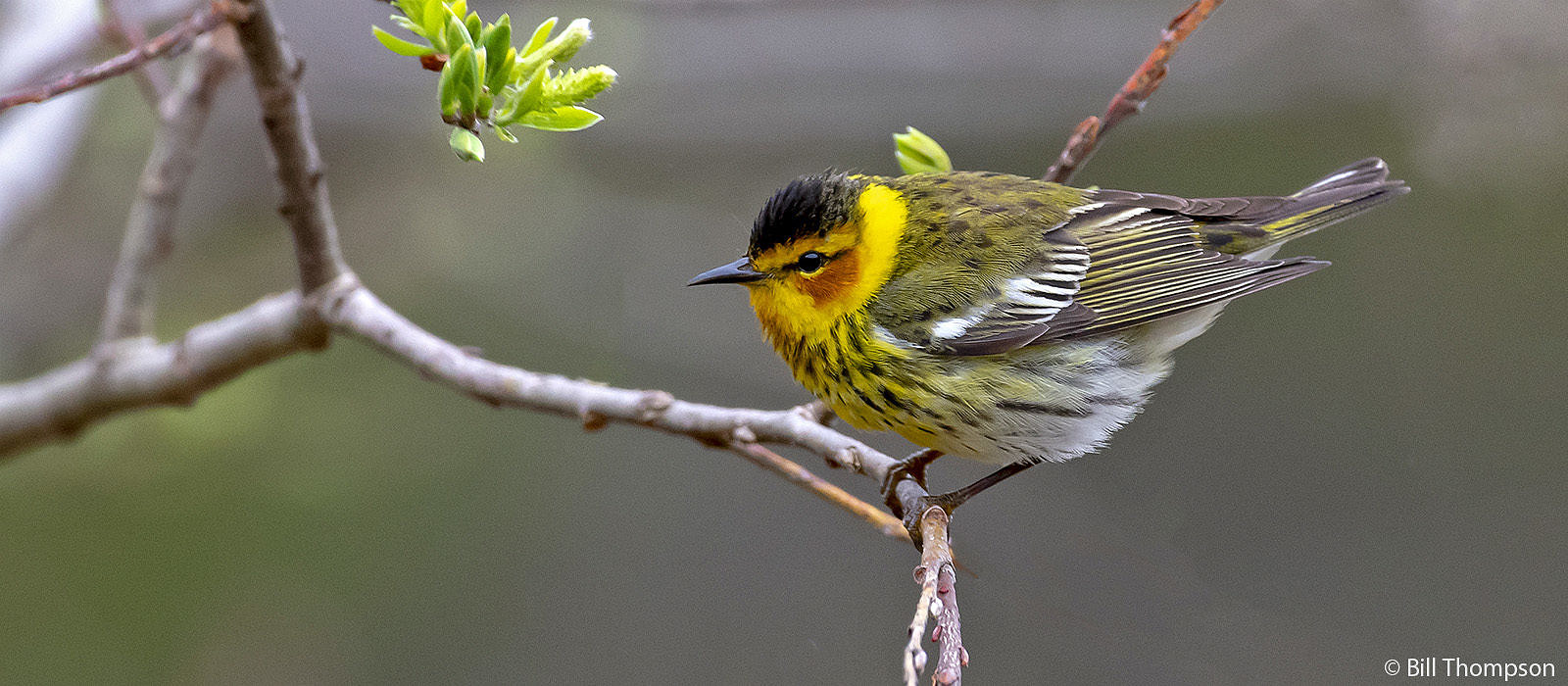
The VIRAL SPRING
A Field Guide to Nature in the Pandemic
Red-winged Blackbirds know nothing of the plague. Milbert’s Tortoiseshell butterflies practice no social distancing. The maples will bloom even as some of us will suffer. Springtime is predictable even as our lives are not. So to help you survive the viral, here is your field guide to the vernal.
From my home on a hillside in Montpelier, Vermont, I bring you regular updates on springtime’s big events — songbird flights, wildflower eruptions, amphibian sex, and various other adventures outdoors. If you are sheltering in place, here is your armchair nature. If you can get outside for spring, please do so responsibly; the lives of others depend on it.
If you live near or south of me, the most recent of these events listed below are still underway, often in your own backyard. To my north, well, consider these varied reports to be forecasts — prophesies of hope and life rather than disease and death.
After all, we do not flatten the curve of springtime; we become the curve.
And with the three new dispatches below, The Viral Spring now concludes for the season. I’ll resume blog posts soon.
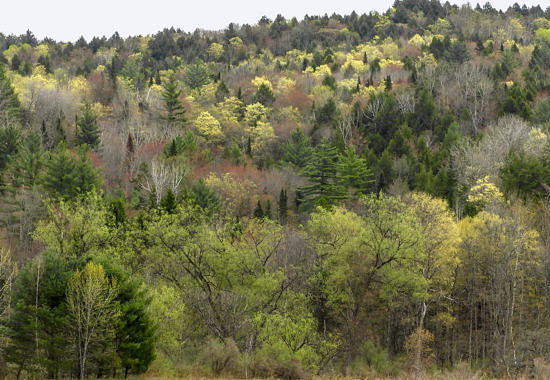
Yellow Alert
We're now moving past "peak yellow" and blending into green now breaking out all over. Here's my account, from a year ago, of the short vernal season of yellow blooms and lacy leaves.

Green Alert
The slow-motion spring across the northern forest will move next into a season of diversity, abundance and flight. Here's an account of last year's transition. It'll be happening in 2020 very soon.
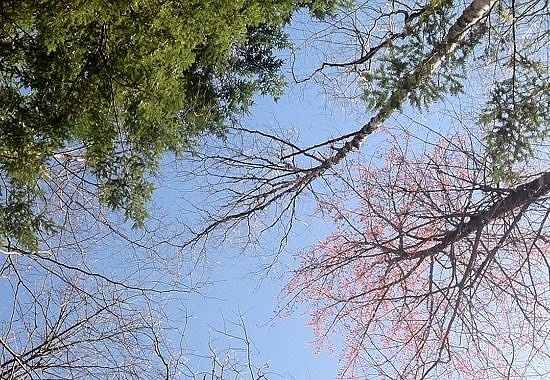
A Vireo Underwater
My homage to slowing down in nature (and a gentle admonition to hard-core birders). And with this essay, I shall conclude The Viral Spring. I'm off for three days of field work.

The Falcon and the Flycatcher
On Monhegan Island, 10 miles off the midcoast of Maine, a flycatcher dies in a falcon's grip -- and then lands in my grasp.

When Songbirds Fall to Earth
Delivered from the fog, the grace and irony of tired warblers feeding at my feet on Monhegan Island, Maine.
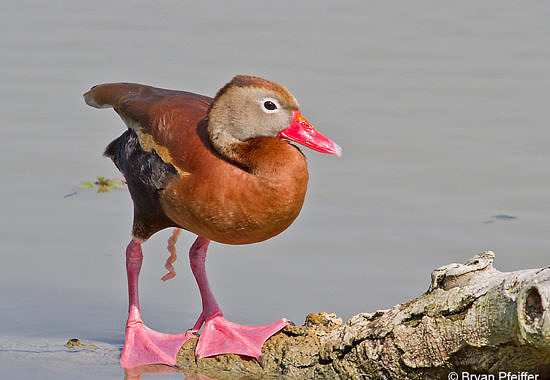
Twisted Duck Sex
The screwy truth — and kinky experiment — about how female ducks have evolved a strategy for dealing with what amounts to sexual assault. It is a battle of the sexes over what matters most in the game of reproduction (at least among non-human animals): which sex controls fertilization. Female ducks have evolved a strategy. Warning: this post includes graphic duck content and videos.
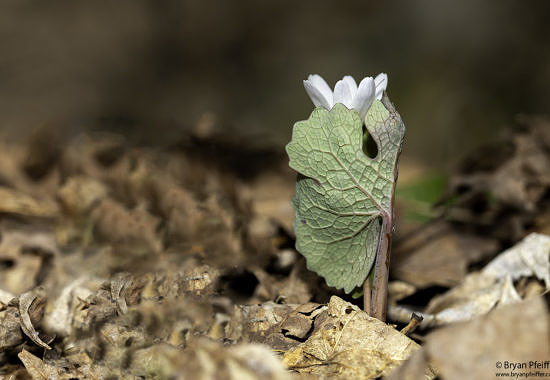
Ending Soon: Bloodroot Blooms
Elegance and audacity in the Bloodroot's flower and leaf. Find them now — their audacious vernal extravaganza will soon be over here in central Vermont.
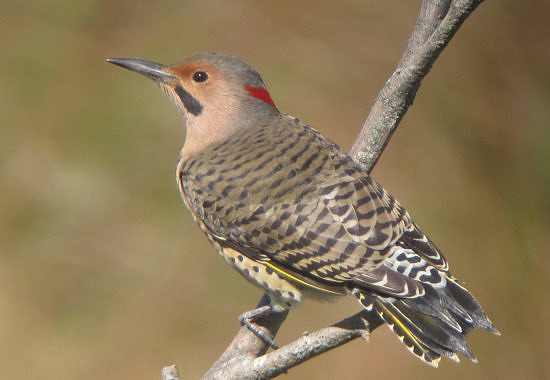
Happening Now: Drumroll, Please
Trees speak many languages: their leaves whoosh in summer, their trunks creak in winter. And now trees are sounding boards for courting woodpeckers.
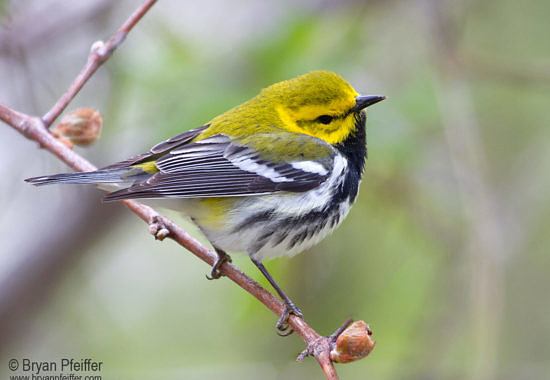
What's Next: Warblers
Warblers are a force of nature, like gravity or sex or chocolate, like a Schubert piano trio or shooting the moon in hearts. Once you’ve enjoyed warblers, you only want more warblers.

Getting the Blues
This final week of April is prime time for woodland wildflowers across much of New England and adjoining states and provinces (see the two posts below). But the forecast now calls for butterflies. In addition to the newly emerged Cabbage White (along with its rare cousin West Virginia White) already on the wing, we'll soon see flickers and flashes of blue: the "Azures." Watch for them along dirt roads, mostly through hardwood or mixed forests. And if you're so inclined, these tiny butterflies offer us a big lesson in biological diversity, misidentification and evolution. Nature is nothing if not complex; so let's rejoice in that. By way of an example, I present for you my white paper on our azures called Getting the Blues »

Mid April into May: Sex, Light and Opportunism
Such elegant displays. Such ruthless opportunism. Find it now in sweet hardwoods near you. The show began on April 18 here in Montpelier, Vermont, when I noticed the season's first Bloodroot flower.
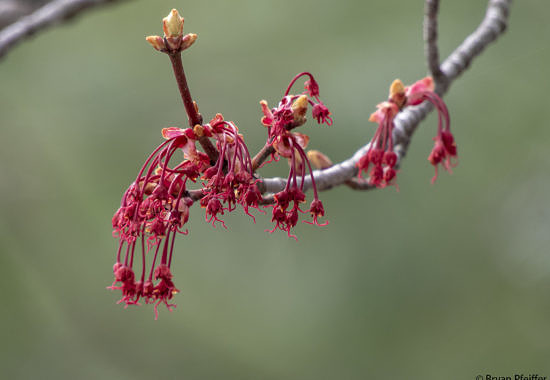
Mid April into May: Red Alert
Springtime begins not so much with a blast of green but rather 50 shades of red. Here is your super-bloom (and lesson in gender identity) from Red Maples.
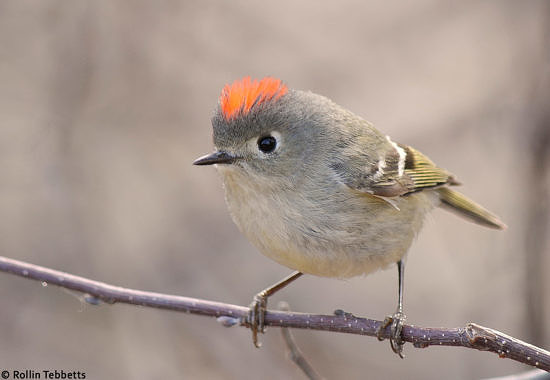
April Fireworks
As you walk the muddy paths, stop and wait for an explosion from an otherwise plain songbird. See it erupt on the Kinglet's Crown »
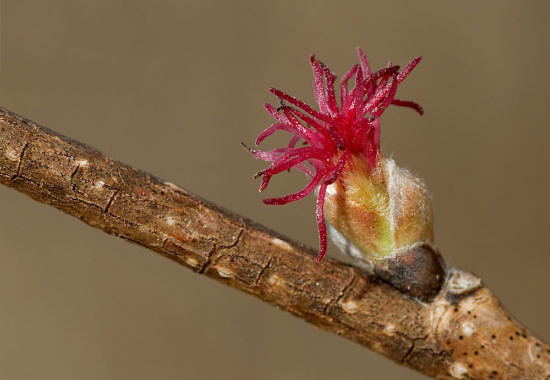
April Fireworks II
Get your second crimson explosion from a tiny female flower on a naked stalk. Our most luscious and lustrous blooms now emerge from Beaked Hazelnuts »
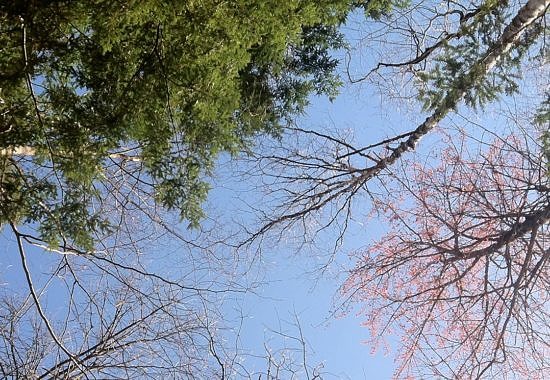
Field Guide to April
My pals at the Vermont Center for Ecostudies guide us through more of April's promises, from falcons to flowers. Get VCE's Field Guide to April »
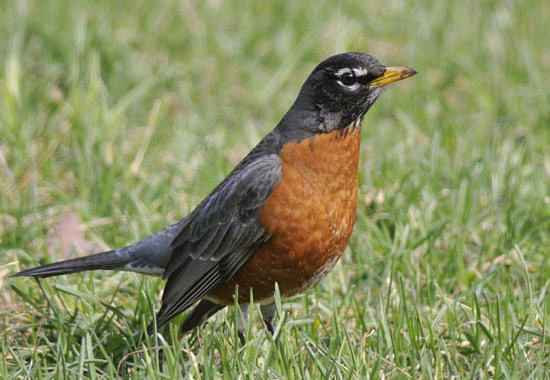
Mid April: The "Badass American"
Among the first to launch into song at dawn, American is in many respects a manifestation of manifest destiny. Read why The American Robin is Badass Bird »
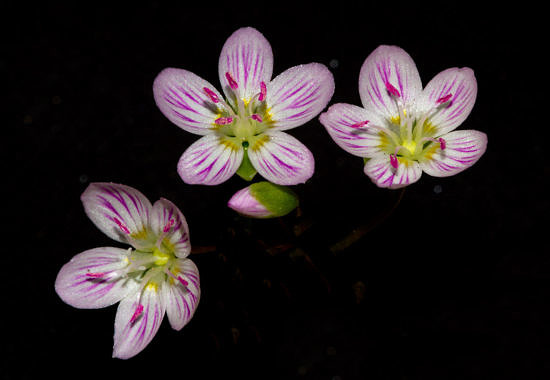
A Poem: April
One of only two poems I have ever written. Among its wild events, you will discover that April is, in fact, not the cruelest month. Read on »
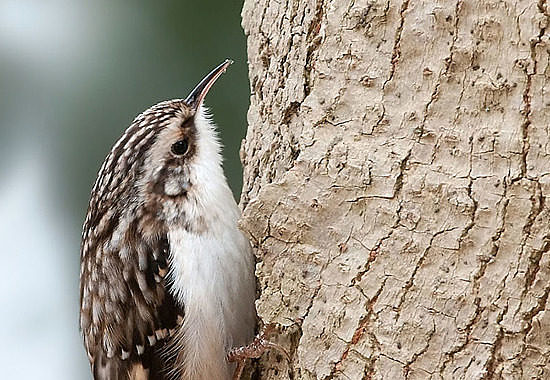
Spring Creepers
Pity the Brown Creeper: A prisoner of the forest, this odd bird seems unable to escape the gravitational pull of the tree on which it creeps. Or so it might seem »

An Early-April Rite of Spring: Go Flick an Alder
Among the first of our vernal flowers isn't a showy blossom, but rather dangling male catkins loaded with pollen and luscious crimson females ready to receive it. Now is time to find (and flick) a Grey Alder (Alnus incana), also known as Specked Alder. Although its leaves have not yet emerged, this plant is nonetheless busy, reproducing when the spring winds blow (or perhaps with an assist from you). We have it on video. Watch pollen fly in slow motion »

Early April: Amphibian Orgies
With April's warm rains, frogs and salamanders move by night into vernal pools for their once-a-year mating binge. Wood Frogs are already at it — and their chorus will rise with warmer weather next week. Until then, from my archives, I bring you video of why it's dangerous to be a female Wood Frog in spring: Pandemonium in a Pond »

Late March: Migrating Birds
Although they are not the migratory vanguard here in New England, waterfowl, robins, blackbirds and sparrows have been pushing their way north. With fewer vehicles on the roads, you'll now hear more birdsong at dawn. And that song is all about sex, which is more indiscriminate that you might think. Read about Avian Infidelities »
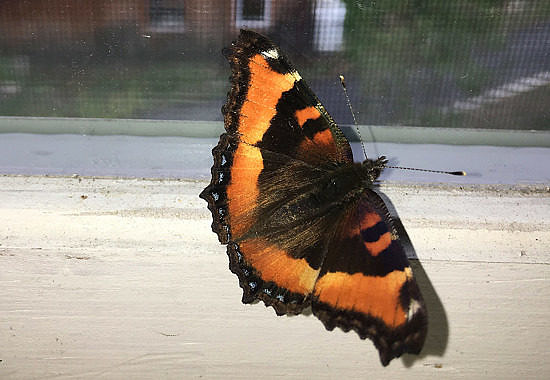
Mid March: First in Flight
When the sun rises higher and temperatures warm into the 50s, butterflies and moths take flight. But these aren't vernal messengers; they're hearty survivors: some butterflies and moths overwinter as adults — and take flight in March to, well, you know, make more butterflies and moths. Read about the First in Flight »
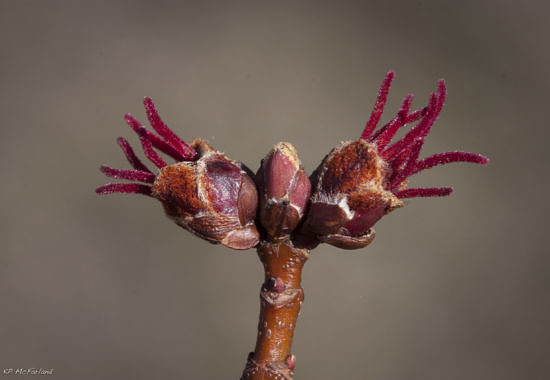
A Field Guide to March
Each month my friends and colleagues at the Vermont Center for Ecostudies publish a field guide to, well, each month. The March edition features insects in the sap buckets, turtles, skunks, birds and some of the season's first flowers (which I'll cover once April gets rolling). Read on »
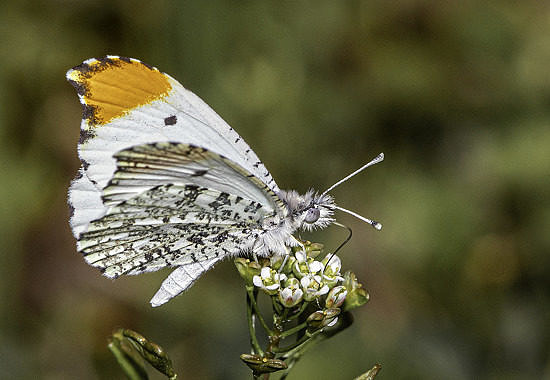
Late February: Orange and Metal — Butterflies, Charisma and Coronavirus
Reporting from Texas, I bring you orangetip and metalmark butterflies, their charisma, coronavirus, and the human condition this coming spring. During a week messin' with Texas, I encountered 80 butterfly species.
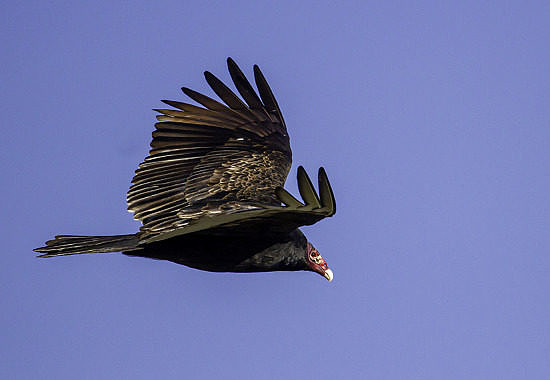
Mid February into March: Migration Misfits
The first signs of spring are neither robins nor crocuses, not maple sap nor even spring training. Here in the north, the promise of spring is a naked, ruddy head drifting in on angled black wings. Turkey Vultures are among our very first northbound spring migrants. And they're a lesson in the varied ways birds survive the winter. Read all about it in my essay called Migration Misfits »

